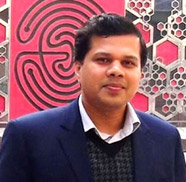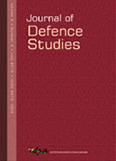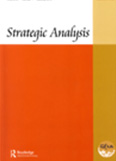India–US Peacekeeping Cooperation
Both India and the United States (US) have a long history of supporting the United Nations Peacekeeping Operations (UN PKOs). Over the last two decades, the two countries have significantly expanded cooperation in peacekeeping operations to advance the purposes and principles of UN peacekeeping. In this regard, India and US established a Joint Working Group (JWG) on PKOs to deepen cooperation on peacekeeping issues. They have partnered with African countries to build and enhance the capacity of African troops to help them effectively participate in the UN PKOs.
- Published: July-September 2022











